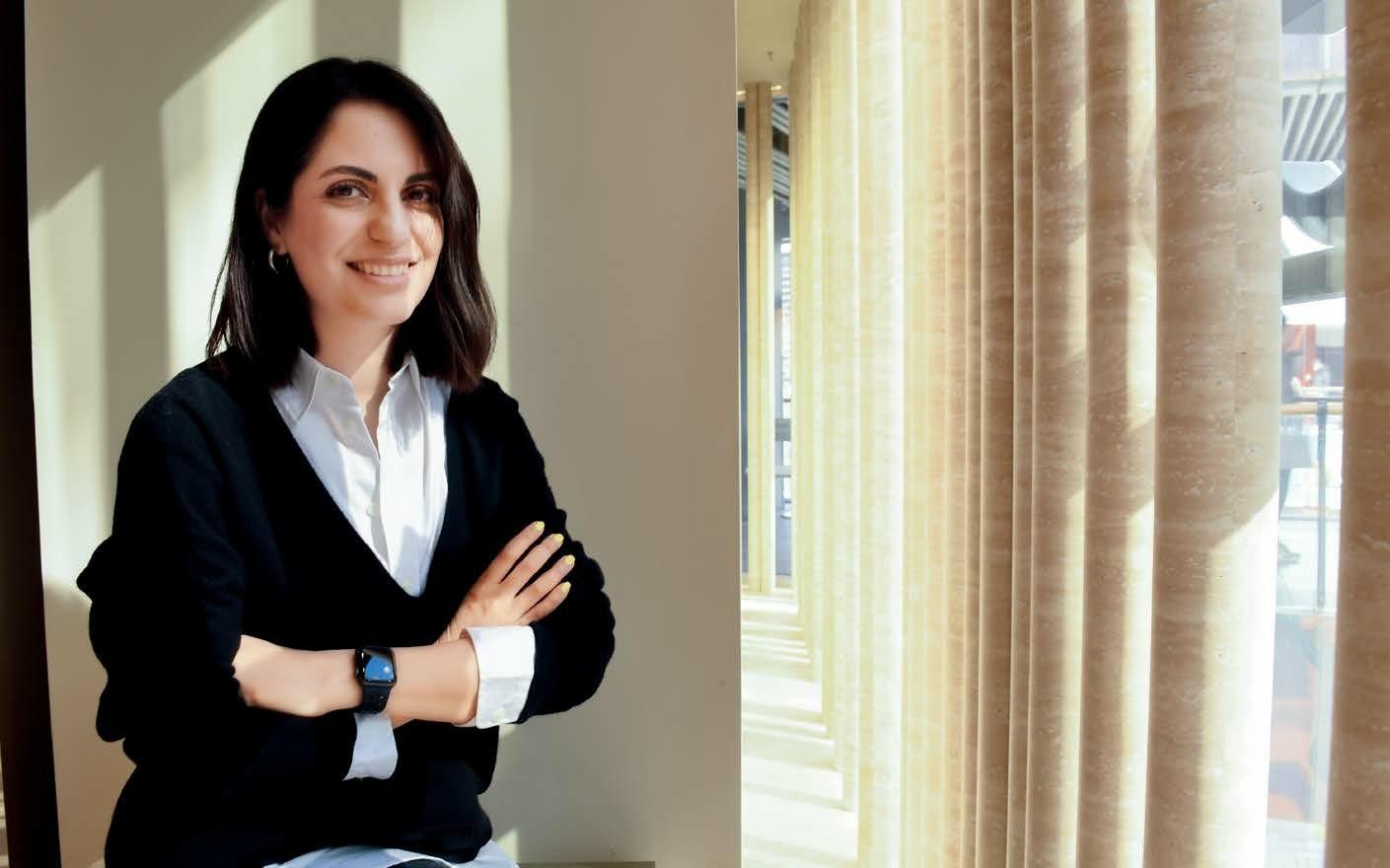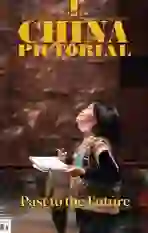A Tale of Two Calligraphies A Journey of Cultural Fusion
2024-07-13byMaitriSharma
by Maitri Sharma

Lets face it: Graphic design can get pretty monotonous. Deadlines, meetings, the same old software — it can stifle creativity faster than you can say “Pantone color chart.” But somehow Setare Soheili has managed to stay above the fray. She likes to shake things up and find the extraordinary in the everyday.
Setares artistic journey took a wild turn when she made the bold move from Iran to the bustling streets of China. In a world she had little idea about, and a world that would embrace her and her talent like no other, she discovered a deep connection between the art of her homeland and this new world —through calligraphy.
Exploring Cultural Convergence: Calligraphic Connection
“I learned Iranian calligraphy in school, and after arriving in China, I explored the rich tradition of Chinese calligraphy,”Setare reported. “Actually, Beijing sparked the passion I never knew I had.” Intrigued by its beauty and complexity, she became immersed in learning the intricate strokes and elegant scripts of Chinese calligraphy. However, as her studies delved deeper, Setare began to notice striking similarities between Chinese and Iranian calligraphies. Persian calligraphy uses bamboo, a wooden stick, or a carved animal bone to write while Chinese calligraphy uses a brush pen made of wool, hair, or plant fibers. Both, however, demand strict attention to rhythm and cadence. “Writing tools from China and Iran appear different, but they use the same technique,”Setare said. “Both these traditions are steeped in history and in the stories and values of their respective cultures.”
Despite hailing from vastly different regions, both Chinese and Iranian calligraphies share a common foundation rooted in history, tradition, and symbolism. Both cultures use calligraphy not only as a means of artistic expression but also as a reflection of their respective identities and values. Inspired by this realization, Setare embarked on a creative journey to explore the intersection of these two art forms.
Harmonizing Cultures: Fusion Art
With her newfound understanding of both Chinese and Iranian calligraphies, Setare sought to merge these two rich traditions into a harmonious cultural expression. With careful precision and boundless creativity, she began to experiment with blending the distinctive styles, techniques, and motifs of each tradition, creating art that seamlessly intertwined the essences of both cultures. “At first, it wasnt easy,” she said. “Finding the right balance between the styles, the motifs, and every intricate detail was like walking a tightrope. But slowly, it started to come together. Keeping all those details in mind was crucial.”
Her efforts culminated in a series of breathtaking pieces representing a visual celebration of cultural diversity and harmony. Each piece testifies to the beauty of cultural exchange, serving as a powerful reminder of the universal language of art that transcends borders and unites people from all walks of life.
One particular moment in her journey stood out for Setare when she presented a parting gift to her Canadian friend Ella as the latter was leaving China to go back to her home country. “I wanted to give Ella a beautiful tote bag blending Persian and Chinese arts so she would remember our friendship and her experiences in China every time she picked it up.” Setare inscribed lines from both Chinese and Persian poems on the tote bag, echoing Ellas wish for a joyful present. The bag was designed with a fusion of Chinese and Iranian calligraphies.
A Vision Unveiled: Exhibiting Cultural Integration
While learning Chinese calligraphy, Setare stumbled on the profound words of renowned Chinese poet Li Bai (701-762), whose verses on living in the present resonated deeply with her. “Li Bais poetic style leaves a lasting impression with swiftness and relatability,” opined Setare.“His poems belong to every age.” Then, she found verses by Persian mathematician and poet Omar Khayyam (1048-1131), also about enjoying the present.“It amazed me how these two poets, from completely different cultures, wrote about living in the present and seizing the day,” she exclaimed. “The timeless beauty of their works inspired me to mix their poetry with graphic design. It felt like blending two kinds of magic together.”
Setare has previously exhibited her calligraphic works in Beijing, but her next exhibition will represent a significant milestone as her first show combining the two calligraphies. The response to her works has been amazing, igniting a passion to share it with a wider audience. The exhibition aims to present a new collection that delves even deeper into the fusion of Chinese and Iranian cultures. Setare seeks to introduce Khayyams verses to Chinese audiences and Li Bais poems to Iranians through her art. “I want people to appreciate the beauty of Khayyams verses even if they dont speak Farsi. And I want Iranians to fall in love with Li Bais poems. Maybe, through mutual love of art and literature, we can bridge the gap between cultures, one brushstroke and one verse at a time.”
